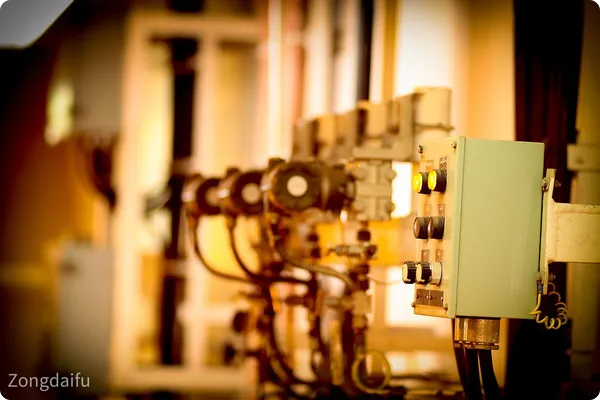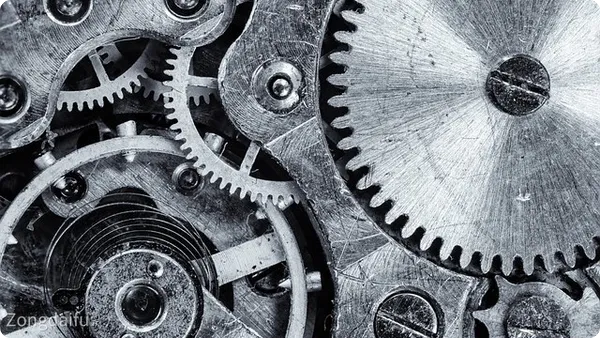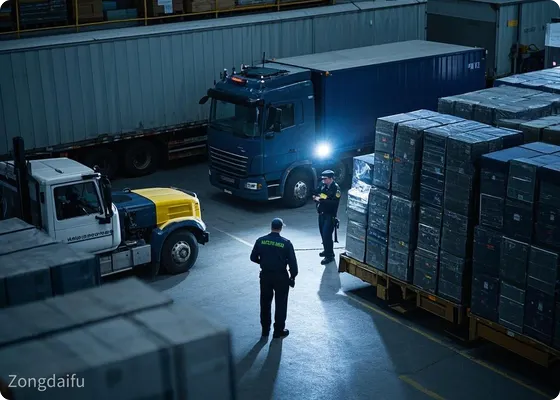There are a variety of problems that may be encountered during the export of machinery and equipment, resulting in goods being stuck in customs. Some of the common reasons are analyzed below:

Document is incomplete or incorrect.
- Commercial invoices, packaging papers, and other documents are incomplete: The absence of the necessary documents can result in customs not being able to complete the clearance process.
- Errors in document information: If information such as the description, quantity, weight and value of the goods does not match the actual goods, this may lead to suspicion and detention of the goods by Customs.
Product certification and non-compliance standards
- Lack of necessary certificationFor example, CE certification, UL certification, etc., the certification requirements for mechanical equipment are different in different countries and regions, and the lack of corresponding certification can lead to the impossibility of clearing goods.
- Not in line with local standards.: The design and manufacturing standards of machinery and equipment do not comply with the technical regulations and standards of the importing country, which may lead to rejection of the goods.
Tariffs and Taxes
- Errors in tariff classificationErrors in the classification of HS codes may lead to errors in the tariff calculation, resulting in customs checks and withdrawals.
- Non-payment or insufficient payment of duties and taxesIf customs duties, VAT and other taxes are not paid in accordance with the provisions, the goods will be held until payment.
Issues of intellectual property
- infringement of intellectual property rights: If the mechanical equipment involves intellectual property issues such as patents and trademarks and is used without authorization, it may result in the goods being detained or even destroyed.
Safety and quality inspection is not qualified
- Unqualified safety tests.The safety performance of the mechanical equipment does not meet the safety standards of the importing country, which may result in the goods being detained or returned.
- Unqualified quality testing.The quality of the equipment is not in accordance with the contractual agreement or the standard of the importing country, which may result in rejection or return of goods.

Packaging and labelling issues
- Packaging does not meet the requirements.If the packaging materials and methods do not meet the requirements of the importing country, it may cause the goods to be damaged during transportation and therefore be detained.
- Identification or error.If product labels, warning labels, instructions for use etc. do not meet the requirements of the importing country, the goods may be withheld.
Proof of Origin
- Lack of proof of originSome countries require proof of origin in order to benefit from tariff preferences, and the lack of such proof may result in the goods being discarded.
- Proof of Error InformationProof that the information in the document does not correspond to the actual goods, which may lead to doubts and customs seizure of the goods.
Import license issues
- Lack of import licensesSome countries implement import licensing systems for specific mechanical equipment, and the lack of licenses may cause the goods to be unclear.
- Errors in license informationThe information on the license does not match the actual goods and may result in customs seizure of the goods.
Customs inspection and sampling
- randomly checkedCustoms may randomly pick up the goods for inspection, resulting in extended clearance time.
- Sampled testingSome mechanical equipment requires sampling testing, and inadequate testing may result in the goods being detained or returned.

Political and economic factors
- Trade barriersSome countries may set up trade barriers to restrict the import of certain mechanical equipment.
- Political FactorsIf the relationship between the two countries is tense, it may result in the export of mechanical equipment being restricted or delayed.
Conclusion
Machinery and equipment exports are stuck for various reasons, involving documents, certification, tariffs, intellectual property rights, safety and quality, packaging and labeling, proof of origin, import licenses, customs inspection and political and economic factors. Export enterprises should fully understand the laws, regulations and standard requirements of the target market to ensure complete documentation, accurate information and product compliance to reduce the risk of being stuck.
Tags: Import and Export Trade · Machinery


 Follow Customer Service WeChat
Follow Customer Service WeChat